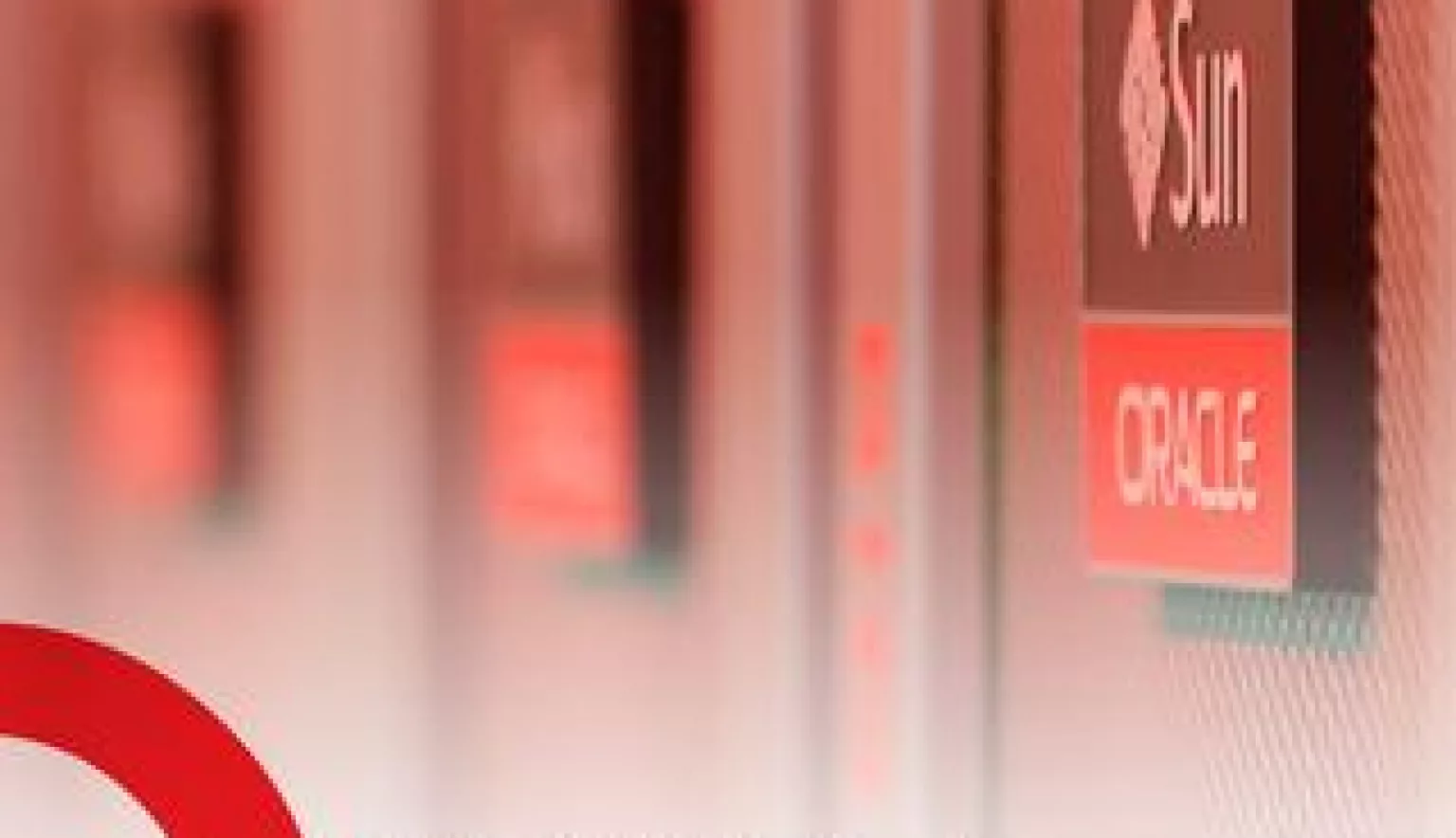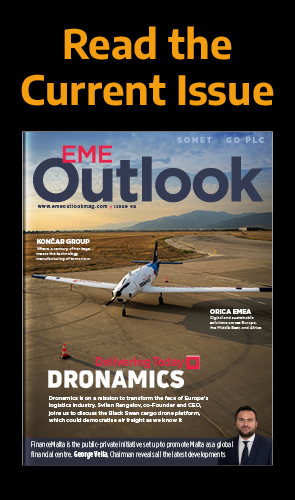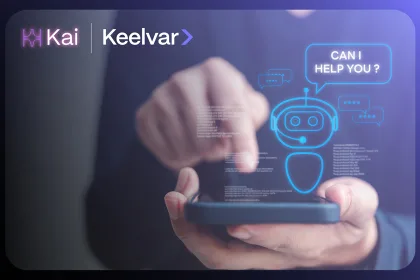- Q&A WITH ALAN HARTWELL, VICE PRESIDENT SECURITY & IDENTITY SOLUTIONS, EMEA, AND HENRIK STAHL, VICE PRESIDENT, PRODUCT DEVELOPMENT
- How is Oracle making the mobilisation of business applications more secure?
- With Java being used by Smartphone developers, how is Oracle pushing Java’s use in other communication mediums?
Q&A WITH ALAN HARTWELL, VICE PRESIDENT SECURITY & IDENTITY SOLUTIONS, EMEA, AND HENRIK STAHL, VICE PRESIDENT, PRODUCT DEVELOPMENT
How is Oracle making the mobilisation of business applications more secure?
Alan Hartwell: The emergence of Bring Your Own Device (BYOD) is technological trend which is set to have a massive impact on people’s business lives. From the business perspective, the savings alone in procurement and network costs can mean that BYOD more than pays for itself – and that’s before you take into account its other advantages, such as increased employee productivity, reduced hardware costs for IT and an improved ability to attract the best of today’s young talent. And for people at work, BYOD offers clear advantages of familiarity and flexibility in getting to grips with the job at hand. So why, might you ask, are businesses not universally embracing such a clearly advantageous trend? It would seem that worries about security means that many companies across Europe are hanging back. Nearly half of businesses (44%) dislike BYOD or only allow it in exceptional circumstances. Security, be it of device or of information, is the main concern expressed by the vast majority of respondents, but that 44% of “BYOD Deniers” are even more concerned, as well they might be, since around two-thirds of them are permitting unmanaged and/or unencrypted business data on employees’ personal devices.
And it needn’t be so. As Alan Hartwell, Oracle EMEA’s VP of Security and Identity Solutions says, “Technologies such as containerisation, end-to-end encryption and device and application management integrated with a unified enterprise identity store can secure BYOD environments. These are all capabilities available today within Oracle’s mobile portfolio and deployed by Global Fortune 100 customers. It is vital that stakeholders within the BYOD ecosystem make this clear to their businesses. This should result in a major increase in the number of European organisations gaining the benefits offered by BYOD.”
Oracle itself has a compelling offering here – the Oracle Mobile Security Suite, which can securely extend identity services and policies to mobile devices through authentication, policy enforcement, and single sign-on between applications. It provides a trusted and independent mobile workspace for enterprise applications, email, and data; securely extends all identity services and policies of the enterprise user to their personal mobile device; and delivers centralised management for auditing and enforcement, reducing the cost of complex mobile environments. Technology is set to have an increasingly significant impact on our business and personal lives. And these two research projects really underline and bring to life how IT is set to change our businesses and improve our lives.
With Java being used by Smartphone developers, how is Oracle pushing Java’s use in other communication mediums?
Henrik Stahl: One of the biggest technology trends in 2014 will be one that remains essentially invisible to the vast majority of people on the planet, even though its eventual impact on humankind will be dramatic. The Internet of Things (IoT) – also known as the Industrial Internet, the Internet of Everything, and the Internet of Nouns – will finally become a reality in 2014, principally due to the rapidly falling cost of manufacturing power-efficient wireless chipsets capable of sending and receiving WiFi and Bluetooth low-energy signals. The future will be significantly influenced by Machine-to-Machine (M2M) communication. And Java has a key role to play in the development of the offerings.
The cost of adding connectivity to a device has now fallen to less than US$5.00, and these processors, with their built-in radios, can work for more than a year on batteries. Ultimately, these chips may even be able to “sip” energy harvested from their ambient environment, including stray electromagnetic radiation, thermal gradients, or even the rustle of a breeze. This will make them ubiquitous in machines, devices, transportation, and even individuals. While the most ubiquitous IoT device, the smartphone – which already incorporates sensors such as accelerometer, compass, and GPS – exists in hundreds of millions of pockets, 2014 will see cheap, ubiquitous, wireless sensors invade the physical environment. Smartphones will become wireless hubs for these low-energy devices, enabling consumers and infrastructure to become hyper-connected to each other, to their environment, and potentially to any other resource on the Internet.
The first applications of the Internet of Things will be in business processes such as the remote maintenance of industrial machinery, supply-chain optimisation and security, and infrastructure management.
The resultant streams of data, emerging in real or near real-time, will be a boon to networking, storage, analytics, and visualisation companies. The amount of data forecast from “things” is poised to dwarf that from humans. Providing actionable intelligence from these large, noisy, incomplete, and potentially conflicting streams of data will keep statisticians, analysts, and user interface/experience designers busy for decades. Indeed, one of the biggest challenges of the IoT will be turning the data into engaging “nudges” that modify human behaviour in sustainable or habit-forming ways. (Of course, for consumer companies, habit-forming may include stoking an addiction to buying their particular product or service!)
There are many reasons why Oracle’s Java Embedded technologies are ideal for smart devices in M2M architectures. Java offers comprehensive functionality for resource-constrained devices, with the highest level of functionality, security, connectivity and scalability in the industry – all delivered through a massive ecosystem of more than nine million Java developers worldwide.
And, as a standards-based language, Java provides code portability in M2M environments, accelerating time to market as new generations of sensor technology emerge. In addition, secure, in-market device software updates extend product lifecycles and allow new services to be provisioned remotely.

































